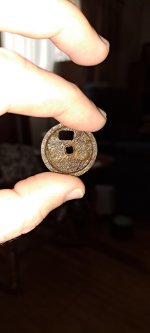Alan Applegate
Sr. Member
- Aug 20, 2013
- 257
- 131
- Detector(s) used
- Ace 250, GTI-2500
- Primary Interest:
- All Treasure Hunting
By now, most folks have heard about the steamship Arabia that sunk in the Missouri River in (circa) 1856. The found the steamship some .5 miles from where it sank because the river meandered that far over the years. Of all of the stories about the steamship and the Kansas City, MO museum housing the cargo, I've never heard or read how they found the wreckage. Does anyone know for sure?
Last edited:





